Figures & data
Figure 1. A validation test for reconstructing the coefficients and
: The first and second rows are the reconstruction results of
and
for the Compton scatter and the photoelectric case, respectively. The first column refers the reference values of
and
. The second and third columns are the results reconstructed from sinogram without and with noise, respectively.
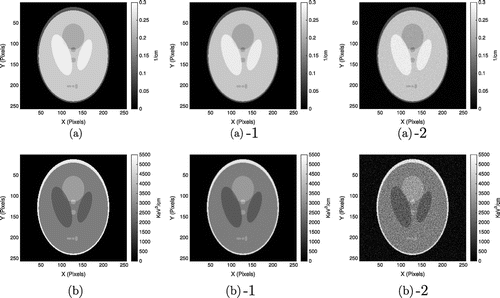
Figure 2. Relative -error of the results reconstructed from
and
with respect to the number of iteration: blue and red lines are the errors in a logarithmic scale for the Compton scatter and the photoelectric cases, respectively.
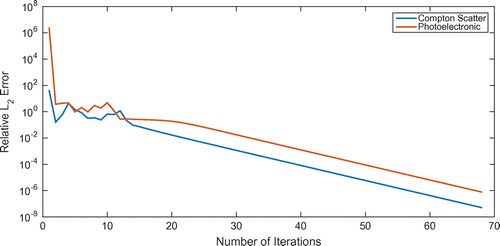
Figure 3. A synthetic human abdomen model for experiments: (a) The reference image of the human abdomen anatomy. (b) The log–log plot of the attenuation coefficients for the five materials of fat, muscle, blood, soft tissue and bone.
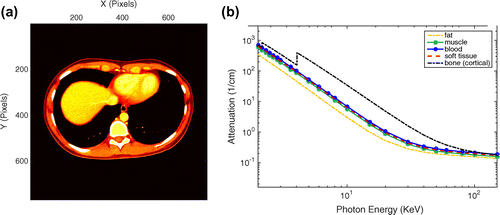
Figure 4. Dual-energy spectra and the corresponding sinograms: (Top) two different energy spectra for 80 kVp and 140 kVp, denoted by (
)and
(
). (Bottom Left) The simulated sinogram for the low-energy spectrum
. (Bottom Right) The simulated sinogram for the high-energy spectrum
.
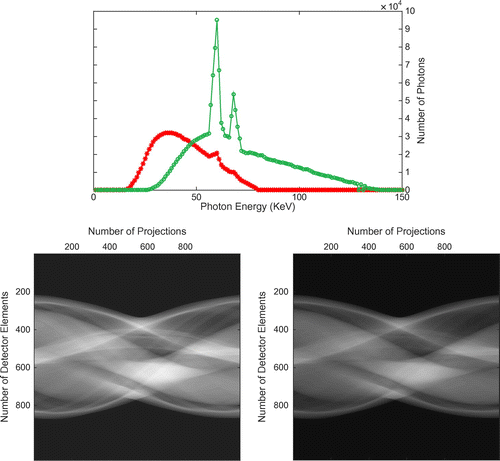
Figure 5. Compton and photoelectric images: the first row is the reconstruction results for the Compton scatter case and the second row is the reconstruction results for the photoelectric case. (a) and (d) are reconstructed by the proposed iterative method. (b) and (e) are the first-order method. (c) and (f) are the second-order methods.
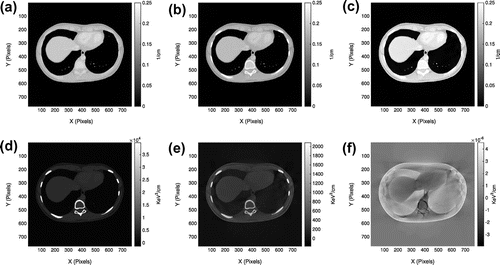
Figure 6. Performance comparison of three algorithms at photon energy 40 keV; (a) is the reference image of . (b-1), (c-1) and (d-1) are reconstructed images by the iterative method, the first-order method and the second-order method, respectively. (b-2), (c-2) and (d-2) are difference images of (b-1), (c-1) and (d-1) from (a), respectively.
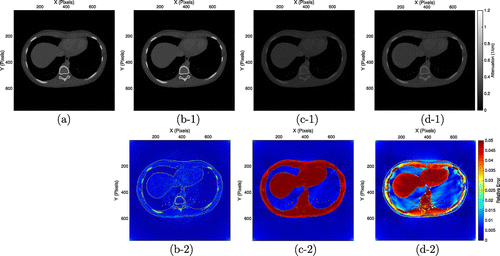
Figure 7. Performance comparison of three algorithms at photon energy 80 keV; (a) is the reference image of . (b-1), (c-1) and (d-1) are reconstructed images by the iterative method, the first-order method and the second-order method, respectively. (b-2), (c-2) and (d-2) are difference images of (b-1), (c-1) and (d-1) from (a), respectively.
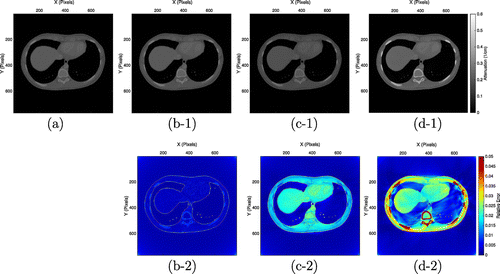
Table 1. Comparison of relative errors for reconstruction results by the first-order, the second-order and the iterative methods. The values are represented in %.
Table 2. Computational time of the proposed algorithm under the parallelization.
